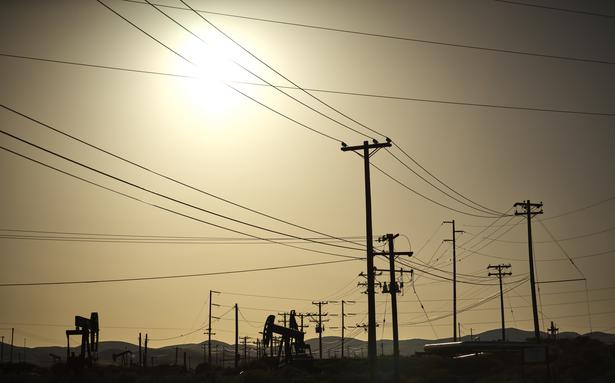By PTI, NEW DELHI
The framework can be useful for cost-effectively bolstering transmission tower networks, according to an official.
Researchers at the Indian Institute of Technology (IIT) Gandhinagar have developed a comprehensive framework that can reduce damage to power transmission systems in coastal areas in the event of a cyclone.
The team used to damage and wind speed data from Cyclone Fani in Odisha to develop a fragility model for the towers, which helps assess the functionality of the network and the influence of strategic interventions on it.
According to the team, they found that the most effective strategy might be to choose a fraction of towers from the highest wind speed areas (by Indian standards) that are associated with substations serving a large population. Strengthening towers closer to the coast can help reduce the number of towers damaged during a cyclone to some extent, but its resulting impact on the affected population may not be as significant.
The results of the study revealed that a higher number of reinforced towers or a higher level of reinforcement in them based on tailored and efficient reinforcement prioritization strategies in a particular region leads to better functionality of power transmission systems.
“This is an unprecedented research work because here we were able to consider a large-scale network, its relation to the coastline, a context-appropriate brittleness curve for the towers, and realistic cyclone scenarios in a reasonable way, which led us to gain interesting insights on the reinforcement strategies for the Odisha power transmission network. The framework can be useful to cost-effectively reinforce the transmission tower networks of other coastal states of India such as West Bengal, Andhra Pradesh, Tamil Nadu, Gujarat, and Maharashtra,” said Manish Kumar, associate professor at IIT Gandhinagar.
“Towers may have a different priority if a different performance metric is selected. The structural reinforcement that would lead to the displacement of the brittleness curves considered in this study may be based on wind tunnel testing and/or computational fluid dynamics analysis.”, which will further optimize resources. This approach may also be relevant for transmission lines associated with some power plants that may require a shutdown in the event of line damage,” he added.
The researchers noted that the loss of functionality of transmission towers is highly dependent on the location of the cyclone’s landfall. Damage was greater if the landfall occurred near a region with many substations in close proximity.
“A simulated cyclone track indicated that it could damage towers even 300km apart, further underscoring the need for such studies on a global scale. The framework developed by the team helps prioritize towers.” that need to be hardened to minimize overall loss of functionality in a cost-effective way,” he said.
The team considered two general aspects to identify the towers that needed to be hardened on a priority basis: the identification of a geographic region and the basis for prioritization within that geographic region. Each intervention suggested by the team is unique in terms of the selection of a geographic region, the basis for prioritizing towers, the number of towers to be reinforced, and the scope of reinforcement considered.
“In post-disaster scenarios, decision-makers are always faced with the 3M limitation, that is, labor, money (budget), and materials. Hence, it is necessary to supplement the bird’s-eye view with the component-level view to identifying the right set of components that need to be reinforced and strengthened to minimize damage after natural calamities,” said Udit Bhatia, Assistant Professor of Civil Engineering at IITGN.
“Changes in climate scenarios and the upward trend in the frequency and magnitude of cyclones as a consequence of rising sea surface temperatures put our coastal infrastructure at greater risk. Although our understanding of these dangers has increased considerably in recent years, there is still a long way to go in adaptation. Our framework brings us closer to possible solutions that stakeholders and infrastructure managers can invest in,” added Bhatia.








0 Comments